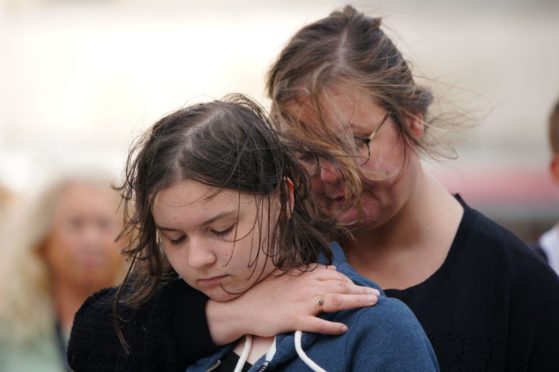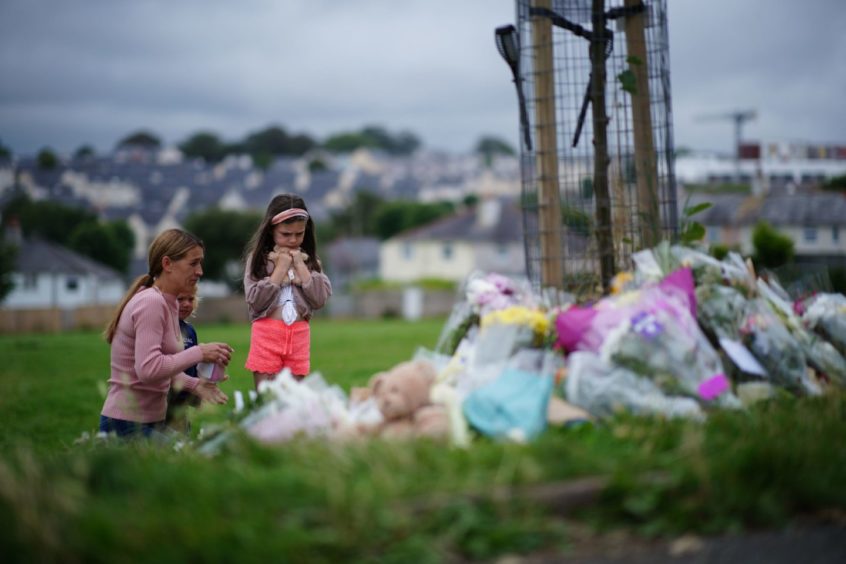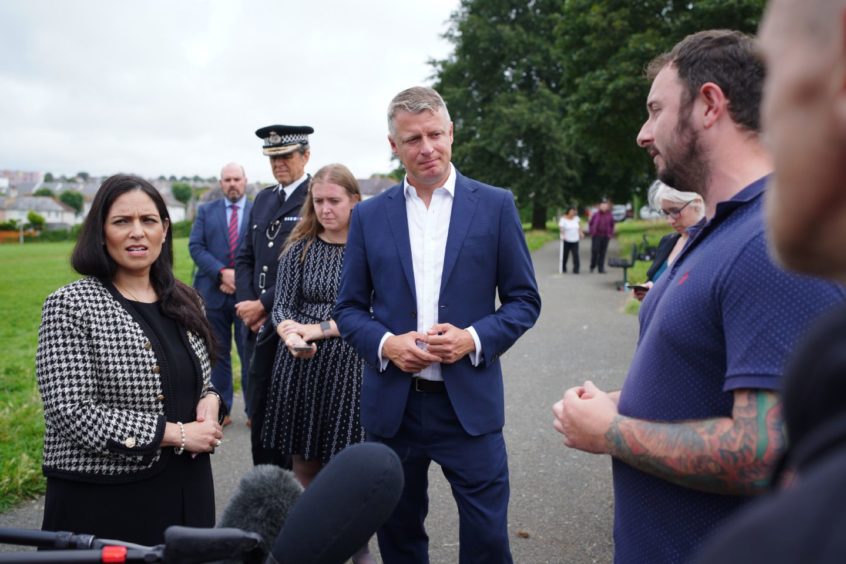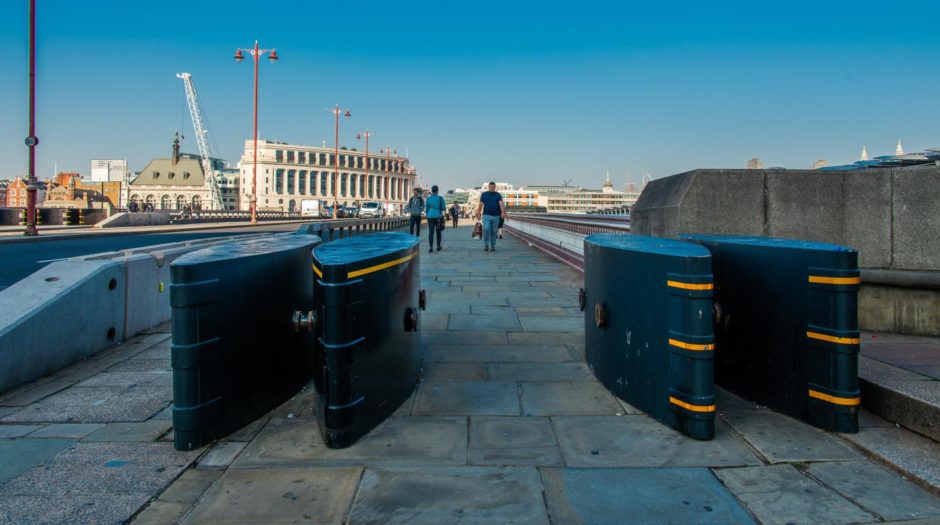MPs will be recalled from summer recess this week, as the House of Commons meets for a one-day sitting to discuss the ongoing crisis in Afghanistan.
The plight of women and girls in the region is likely to feature heavily.
Taliban leaders have made media-savvy promises of ‘”not seeking revenge’’ but their hollow assurances that they will respect women’s rights cannot be relied upon.
There are already reports of girls as young as 12 being taken from their homes to be married off to Taliban fighters.
Despite the sanitised language, we know what this means: these girls face sexual violence and subjugation.
Girls will be denied access to education under the regime and women will no longer be allowed to work or study.
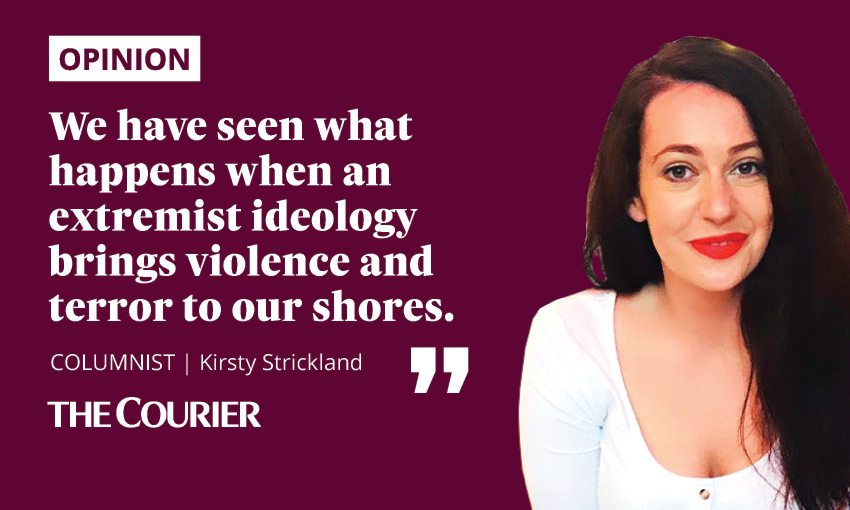
The prime minister has said we cannot allow Afghanistan to become a “breeding ground’’ for terror.
In this context, our leaders are clear about what terrorism looks like.
But we have seen what happens when an extremist ideology brings violence and terror to our shores.
Only here we seem reluctant to call it by its name.
Terror on the streets of Plymouth
In Plymouth last week, the UK suffered its worst mass shooting since 2010.
A 22-year-old man, Jake Davison, killed two men, two women and a three-year-old girl in a shooting spree that has rocked the city.
In the aftermath of the attack, police and politicians were quick to reassure the public that the shootings were not “terror-related’’.
The incident is not terror related, and neither is the suspect on the run in Plymouth. Remain calm. It is for the Police to confirm further details. Do not repost chatter or gossip; work with them. We have the best cops in the land.
— Johnny Mercer (@JohnnyMercerUK) August 12, 2021
Devon and Cornwall police described the killings as “a domestic incident which spilled into the street.’’
This kind of language minimises both the atrocity itself and the ongoing threat it poses.
Jake Davison was radicalised online. He subscribed to a repulsive ideology which has a hatred of women at its core.
He is one of a growing number of young men who are part of the “incel’’ movement.
These men see themselves as “involuntary celibate’’ and blame women for their societal exclusion and failure to find a romantic partner.
Davison’s social media history tells the story of a misogynistic man, angry at the world and determined to seek revenge.
Incel community celebrated killings
Within the putrid online incel community, like-minded men have celebrated Davison’s actions.
They have done so on other occasions where one of their own has made headlines for their deadly violence.
And they are not few in number: incel ideology is believed to have been associated with six mass shootings and 46 murders in the US.
By any standard, these radicalised young men, many of whom have shown they will use force to pursue their ideological goals, are terrorists.
Their hatred of women is not benign. Hatred of women never is.
Their diet of misogynistic online propaganda has real-life consequences.
The chief executive of the Centre for Countering Digital Hate said of the group:
“Incels are terrorists. They seek to teach women a lesson, to remould society, to change through violence that which they could never possibly achieve through the ballot box or persuasion.’’
Differing responses to acts of terror
In 2017 terrorists rammed a van into pedestrians before launching fatal knife attacks in London’s Borough Market.
Safety barriers were quickly installed to separate pedestrians and road users on London Bridge.
The barriers were a temporary measure, to be replaced with 450 bollards to prevent similar attacks in the future.
We see how terrorist attacks have changed the process of going on holiday every time we arrive at an airport.
What safety measures will be see implemented in the wake of the Plymouth terrorist attack?
We know from weary experience there is unlikely to be a permanent or even temporary solution offered in response
How do we protect women and girls from one more additional threat, when the ongoing threat of men’s violence has only increased in recent years?
These questions are largely moot. We know from weary experience there is unlikely to be a permanent or even temporary solution offered in response to this attack.
With funding for services that help women flee and recover from men’s violence already stretched to breaking point, we shouldn’t expect a governmental injection of cash to help keep us safe.
Women blamed for incel terrorism
In the days since Davison’s killing spree, some have even gone so far as to blame women for his crimes.
On Twitter, one man suggested women “collectively’’ have to take ‘’some responsibility’’ for Davison’s actions.
Fascinating response to my post last night. Enormously ratioed, Reported to various organisations, website spammed etc etc. I think this is what they call 'cancel culture'. For holding a different view. It's easy to see why so many young men feel excluded from our culture.
— Alan Freestone (@AlanFreestone) August 14, 2021
Another, whose account has since been suspended, claimed feminism has led to boys “feeling unwanted’’.
His solution?
“Make sure that women available are given to these men.
‘’Single men between 18-25 could be designated a woman (maybe ex-offenders?) to prevent them from becoming an incel and thus committing violent crime.’’
Blaming women for the violence perpetrated against them is, of course, nothing new.
Societal commentary, media outlets and even the judiciary often excuse and minimise men’s actions.
The onus is put on women: what did she do to provoke him? What did she deny him? What did she wear or say: do or not do that makes his violence at least partly her fault?
Despite what we are told, violence against women – in whatever form it takes – is rarely an “isolated incident’’.
Until we accept that, these acts of terror against women – in our homes and on our streets – will continue.
